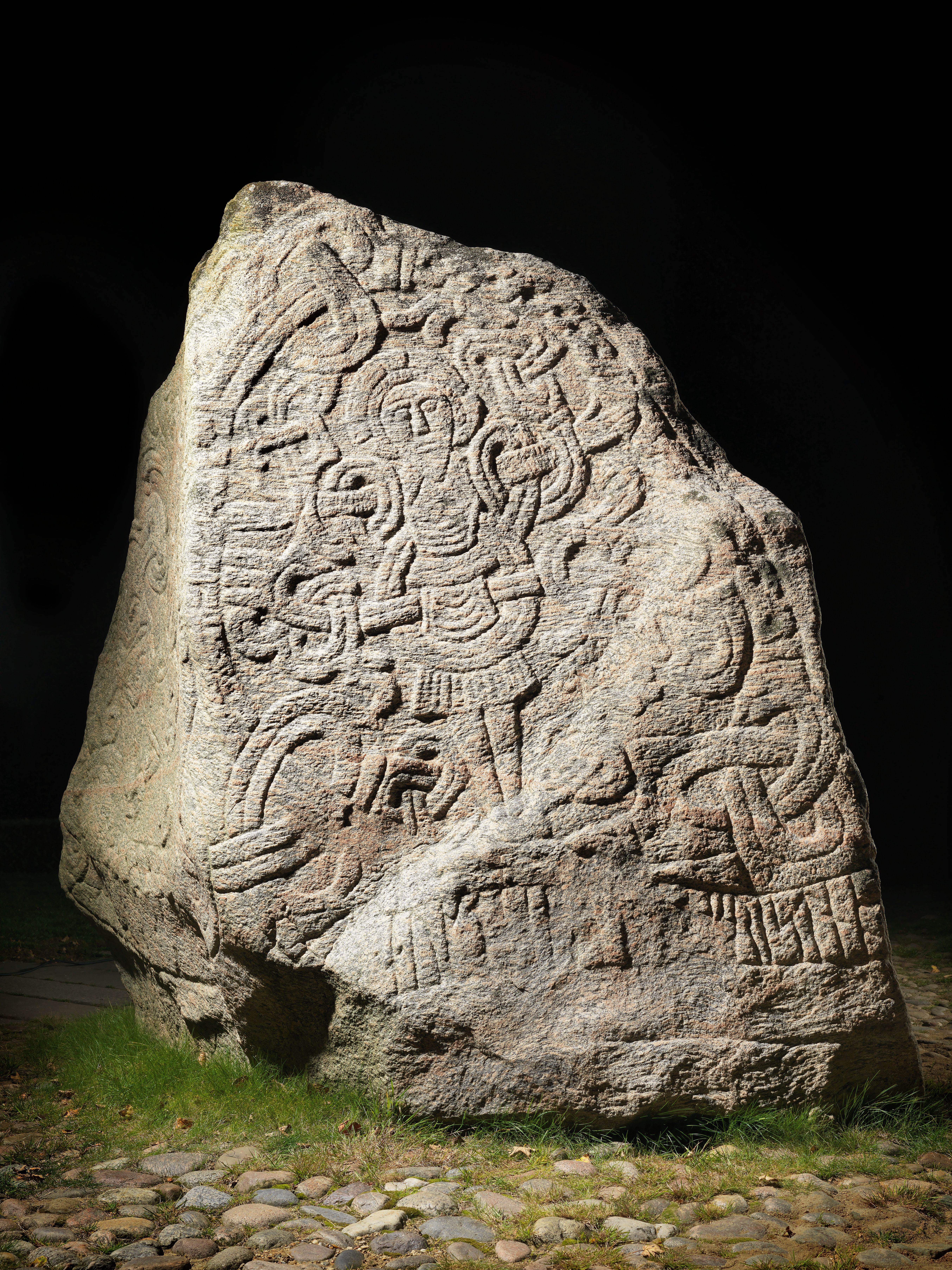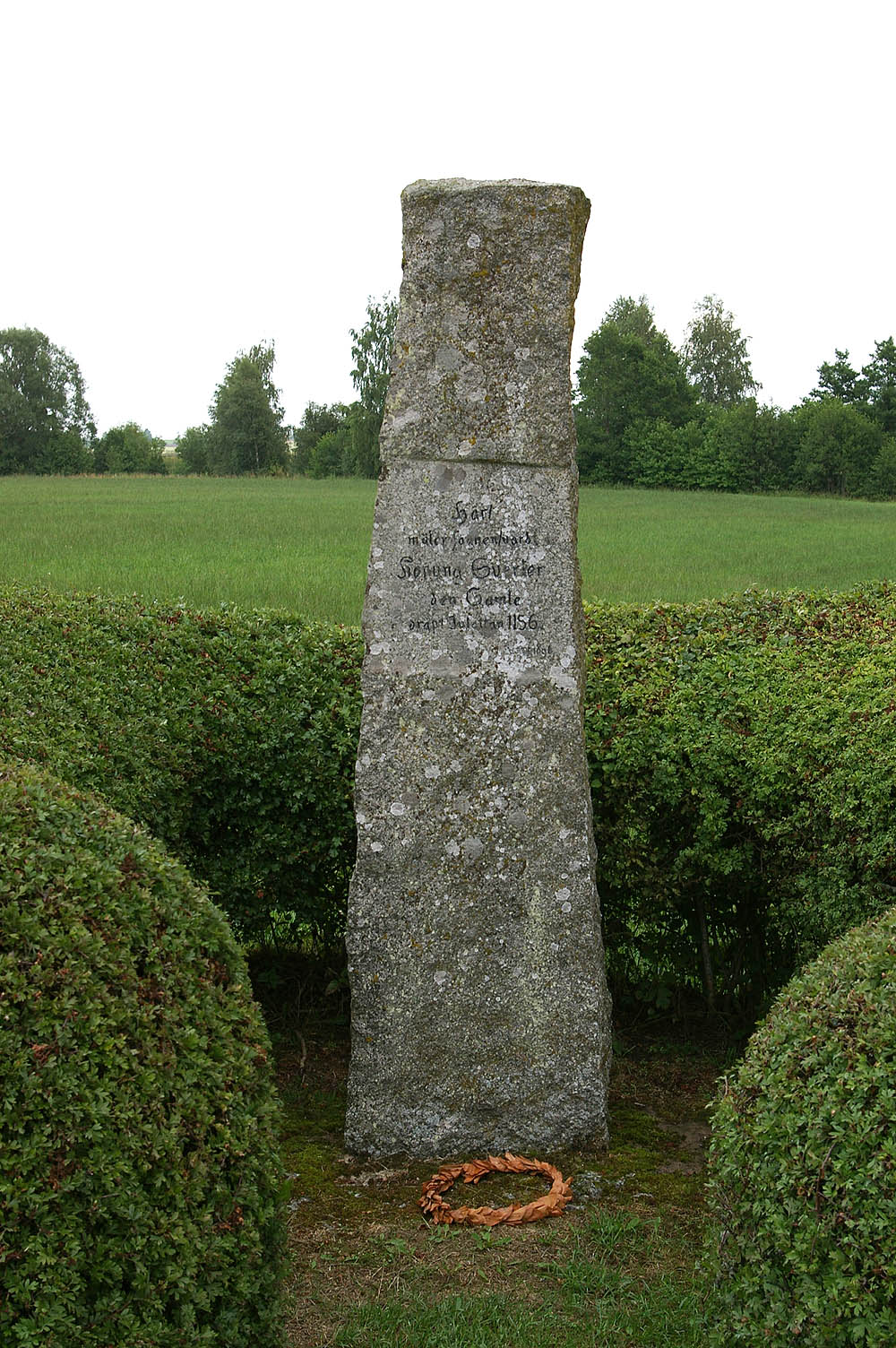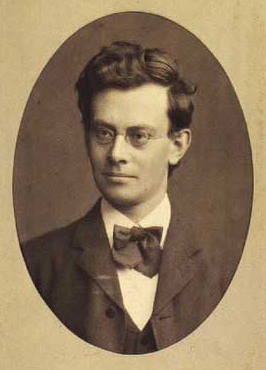|
Canute V Of Denmark
Canute V Magnussen () ( – 9 August 1157) was a King of Denmark from 1146 to 1157, as co-regent in shifting alliances with Sweyn III and Valdemar I. Canute was killed at the so-called ''Bloodfeast of Roskilde'' in 1157. Nothing certain is known about his person and character. Biography Canute was born around 1129, the son of Magnus the Strong and his consort Richeza of Poland. After the abdication of Eric III in 1146, the magnates of Jutland declared Canute king, while the magnates of Zealand and Scania crowned Sweyn III, the nephew of Canute Lavard who Magnus had killed in 1131. In the following years, Canute tried in vain to defeat Sweyn III on Zealand for complete control over Denmark. In 1147, Canute and Sweyn united to undertake the Wendish Crusade, which however ended in the re-ignition of their strife. Bricka, Carl Frederik (ed.), ''Dansk Biografisk Lexikon'', vol. IX yde – Køtschau 1895. "Knud (Magnussen)", Hans Olrikpp.263–264 Sweyn and his cousin Duke Valde ... [...More Info...] [...Related Items...] OR: [Wikipedia] [Google] [Baidu] |
King Of Denmark
The monarchy of Denmark is a constitutional political system, institution and a historic office of the Kingdom of Denmark. The Kingdom includes Denmark proper and the autonomous administrative division, autonomous territories of the Faroe Islands and Greenland. The Kingdom of Denmark was already consolidated in the 8th century, whose rulers are consistently referred to in Franks, Frankish sources (and in some late Frisians, Frisian sources) as "kings" (). Under the rule of King Gudfred in 804 the Kingdom may have included all the major Lands of Denmark, provinces of medieval Denmark. The current unified Kingdom of Denmark was founded or re-united by the Vikings, Viking kings Gorm the Old and Harald Bluetooth in the 10th century. Originally an elective monarchy, it became hereditary monarchy, hereditary only in the 17th century during the reign of Frederick III of Denmark, Frederick III. A decisive transition to a constitutional monarchy occurred in 1849 with the writing of th ... [...More Info...] [...Related Items...] OR: [Wikipedia] [Google] [Baidu] |
Magnus The Strong
Magnus the Strong (c. 1106 – 4 June 1134), also known as Magnus Nilsson ( Bricka, Carl Frederik, ''Dansk Biografisk Lexikon'', vol. XI aar – Müllner 1897, pp.45Available online/ref>), was a Danish duke who ruled Götaland in southern Sweden from the 1120s to c. 1132. It is disputed whether he was elected king by the Swedes, but he is nevertheless sometimes found in the modern list of Swedish monarchs as Magnus I. Snorri Sturlason gives him the epithet "Strong". He was also briefly co-king of Denmark from 15 April 1134 and until his death. Youth and appearance Magnus was the son of King Niels I of Denmark and Margaret Fredkulla, the second or eldest daughter of King Inge the Elder of Sweden. His elder brother Inge was killed in a riding accident, leaving Magnus as the sole heir to Niels. He grew up to be a tall and strong young man, a head taller than anyone else. The chronicles give different opinions about his character, depending on their political preferences. The n ... [...More Info...] [...Related Items...] OR: [Wikipedia] [Google] [Baidu] |
Battle Of Grathe Heath
The Battle of Grathe Heath was fought in 1157 between the Denmark, Danish armies of Valdemar I of Denmark, Valdemar I and his rival for the Danish throne, Sweyn III of Denmark, Sweyn III. Valdemar's forces won the battle, and Sweyn III of Denmark, Sweyn III was slain while attempting to flee. Background The battle of Grathe (Grey) Heath on 23 October 1157 marked the end of a civil war between Sweyn III, Canute V, and Valdemar I the Great, all contenders for the Danish throne. After Eric III of Denmark had abdicated in 1146, Sweyn III, son of Eric Emune, was declared king of Zealand (Denmark), Zealand and Scania, while Canute, son of King Magnus, became king of Jutland. Canute made several attempts to conquer Zealand (1147 and 1150), but was driven off and fled to Germany, where he managed to raise an army. In 1152, a battle was fought at Gedebæk, close to Viborg, Denmark, Viborg. Canute lost and appealed to the German king (later emperor), Frederick I, Holy Roman Emperor, Frede ... [...More Info...] [...Related Items...] OR: [Wikipedia] [Google] [Baidu] |
Sofia Of Minsk
Sophia of Minsk or Sophia of Polotsk (died 5 May 1198) was a Danish queen consort by marriage to King Valdemar I of Denmark, and a landgravine of Thuringia by marriage to Louis III, Landgrave of Thuringia. Life Origin Sophia was the daughter of Richeza of Poland, Dowager Queen of Sweden, from her second marriage to a man called "Valador", King in Poloni Land. The identity of her father is uncertain, it was either Volodar of Minsk or , Prince of Novgorod and son of Vsevolod of Pskov. Both of them were Rurikids. The latter version would mean Valdemar was married to his first cousin once removed, as Sophia's possible father Volodar was a nephew of Valdemar's mother Ingeborg of Kiev. Childhood Sophia spent a part of her childhood in Denmark, where her mother had been married to a Danish prince in her first marriage, and returned with her daughter when her second marriage was terminated. Sophia was the half sister of Canute V of Denmark, the son of her mother by her first ma ... [...More Info...] [...Related Items...] OR: [Wikipedia] [Google] [Baidu] |
Waldemar Knut Swen
Waldemar, Valdemar, Valdimar, or Woldemar is an Old High German given name. It consists of the elements ''wald-'' "power", "brightness" and ''-mar'' "fame". The name is considered the equivalent of the Latvian name Valdemārs, the Estonian name Voldemar, and the Slavic names Vladimir, Volodymyr, Uladzimir or Włodzimierz. The Old Norse form ''Valdamarr'' (also ''Valdarr'') occurs in the Guðrúnarkviða II as the name of a king of the Danes. The Old Norse form is also used in Heimskringla, in the story of Harald Hardrada, as the name of a ruler of Holmgard (Veliky Novgorod).Alison Finlay (2004). ''Fagrskinna: A Catalogue of the Kings of Norway''. Brillp. 236 The ''Fagrskinna'' kings' sagas also have ''Valdamarr'', in reference to both Vladimir the Great and Vladimir Yaroslavovich. People with the name include: Royalty :''Ordered chronologically'' * Valdemar I of Denmark or Waldemar the Great (1131–1182), King of Denmark * Valdemar of Denmark (bishop) (1157/1158–123 ... [...More Info...] [...Related Items...] OR: [Wikipedia] [Google] [Baidu] |
Co-regent
A coregency is the situation where a monarchical position (such as prince, princess, king, queen, emperor or empress), normally held by only a single person, is held by two or more. It is to be distinguished from diarchies or duumvirates (such as ancient Sparta and Rome), and also from regencies where a single monarch (usually infant or incapacitated) has a seniority above a regent but exercises no power except legally holding the position of head of state. Andorra Co-principality is a distinct but related system employed in contemporary Andorra, where monarchical power is formally divided between two rulers. Historical examples Coregencies were common in the Hellenistic period; according to one scholar, they "can usually be explained as a means of avoiding crises of succession or internal conflict, and of strengthening dynastic identity and ideology." Other examples include the coregency of Frederick I of Austria and Louis the Bavarian over the Kingdom of Germany. ... [...More Info...] [...Related Items...] OR: [Wikipedia] [Google] [Baidu] |
Frederick I, Holy Roman Emperor
Frederick Barbarossa (December 1122 – 10 June 1190), also known as Frederick I (; ), was the Holy Roman Emperor from 1155 until his death in 1190. He was elected King of Germany in Frankfurt am Main, Frankfurt on 4 March 1152 and crowned in Aachen on 9 March 1152. He was crowned King of Italy on 24 April 1155 in Pavia and emperor by Pope Adrian IV on 18 June 1155 in Rome. Two years later, the term ' ("holy") first appeared in a document in connection with his empire. He was later formally crowned King of Burgundy, at Arles on 30 June 1178. His nickname of ' (meaning "Red Beard" in Italian) "was first used by the Republic of Florence, Florentines only in 1298 to differentiate the emperor from his grandson, Frederick II, Holy Roman Emperor, Frederick II ... and was never employed in medieval Germany" (the colour red was "also associated in the Middle Ages with malice and a hot temper"; in reality, Frederick's hair was "blond", although his beard was described by a contemporar ... [...More Info...] [...Related Items...] OR: [Wikipedia] [Google] [Baidu] |
Sverker I Of Sweden
Sverker the Elder (Old Swedish: ''Swærkir konongær gambli''; c. 1100 - 25 December 1156), also known as Sverker I, was King of Sweden from about 1132 until his murder. Of non-royal descent, he founded the House of Sverker, the rulers of which alternated with the rival House of Erik over the next century. Origins Sverker was a wealthy landowner from Östergötland. According to the Västgöta Law (c. 1240), his father's name was ''Cornube'', but according to the Icelandic ''Skáldatal'', his father's name was ''Kol''. A later pedigree has the filiation Kettil – Kol – Kornike (Cornube) – Sverker. He rose to power after the extinction of the House of Stenkil in the 1120s. The Danish prince Magnus Nielsen was acknowledged as king in Götaland for a while, although the extent of his actual power is not clear. However, Magnus's involvement in the civil strife in his homeland gave opportunities for Sverker to act. According to the partial account of Saxo Grammaticus, "the S ... [...More Info...] [...Related Items...] OR: [Wikipedia] [Google] [Baidu] |
Hans Olrik
Hans may refer to: __NOTOC__ People * Hans (name), a masculine given name * Hans Raj Hans, Indian singer and politician ** Navraj Hans, Indian singer, actor, entrepreneur, cricket player and performer, son of Hans Raj Hans ** Yuvraj Hans, Punjabi actor and singer, son of Hans Raj Hans * Hans clan, a tribal clan in Punjab, Pakistan Places * Hans, Marne, a commune in France * Hans Island, administrated by Greenland and Canada Arts and entertainment * ''Hans'' (film) a 2006 Italian film directed by Louis Nero * Hans (Frozen), the main antagonist of the 2013 Disney animated film ''Frozen'' * ''Hans'' (magazine), an Indian Hindi literary monthly * ''Hans'', a comic book drawn by Grzegorz Rosiński and later by Zbigniew Kasprzak Other uses * Clever Hans, the "wonder horse" * ''The Hans India'', an English language newspaper in India * HANS device, a racing car safety device * Hans, the ISO 15924 code for Simplified Chinese characters See also *Han (other) Han may refer t ... [...More Info...] [...Related Items...] OR: [Wikipedia] [Google] [Baidu] |
Carl Frederik Bricka
Carl Frederik Bricka (10 July 1845 – 23 August 1903) was a Danish archivist, historian and biographer. Biography Carl Bricka was born in Copenhagen, Denmark. His father, Frederik Vilhelm Theodor Bricka (1809–79), was a medical doctor. He attended Metropolitanskolen and earned his Magister degree from the University of Copenhagen (1870). He became an assistant at the Danish Royal Library in 1871. During the period 1883–97, he was employed in the Danish National Archives, after which he became the department head (''Rigsarkivar''). Bricka became a member of the board of the Danish Historical Society and edited the historical magazine published by the association (1878–97). He also served as editor of ''Danske Magazin'' (1883–1901). From 1885 until his death in 1903, he was the publisher of the '' Dansk biografisk lexikon: tillige omfattende Norge for Tidsrummet 1537–1814''. The first edition of this Danish biographic encyclopedia was published by Gyldendal ... [...More Info...] [...Related Items...] OR: [Wikipedia] [Google] [Baidu] |
Wendish Crusade
The Wendish Crusade () was a military campaign in 1147, one of the Northern Crusades, led primarily by the Kingdom of Germany within the Holy Roman Empire and directed against the Polabian Slavs (or "Wends"). The Wends were made up of the Slavic tribes of Abrotrites, Rani, Liutizians, Wagarians, and Pomeranians who lived east of the River Elbe in present-day northeast Germany and Poland. The lands inhabited by the Wends were rich in resources, which played a factor in the motivations of those who participated in the crusade. The mild climate of the Baltic area allowed for the cultivation of land and livestock. Animals of this region were also thickly furred, supporting the dependence on fur trading. Access to the coastline also developed fishing and trade networks. The land was attractive for the resources it boasted, and the crusade offered an opportunity for noble families to gain part of it. By the early 12th century, the German archbishoprics of Bremen and Magdeburg sough ... [...More Info...] [...Related Items...] OR: [Wikipedia] [Google] [Baidu] |
Canute Lavard
Saint Knud, also known as Canute Lavard ( Danish: Knud Lavard; cognate with English Lord; 12 March 1096 – 7 January 1131) was a Danish prince. Later he was the first Duke of Schleswig and the first border prince who was both a Danish and a German vassal, a position leading towards the historical double position of Southern Jutland. He was killed by his cousin Magnus the Strong ( – 1134), who saw him as a rival to the Danish throne. Canute Lavard was canonized in 1170. He was an ancestor of the Valdemarian kings (''Valdemarerne'') and of their subsequent royal line. Canute Lavard was the father of King Valdemar I of Denmark (''Valdemar den Store'') and grandfather of King Valdemar II of Denmark (''Valdemar Sejr''). Biography Canute was the only legitimate son of King Eric I of Denmark (died 1103) and Boedil Thurgotsdatter, but as a minor he was bypassed in the election of 1104. He grew up in close contact with the noble family of Hvide, who were later on t ... [...More Info...] [...Related Items...] OR: [Wikipedia] [Google] [Baidu] |




